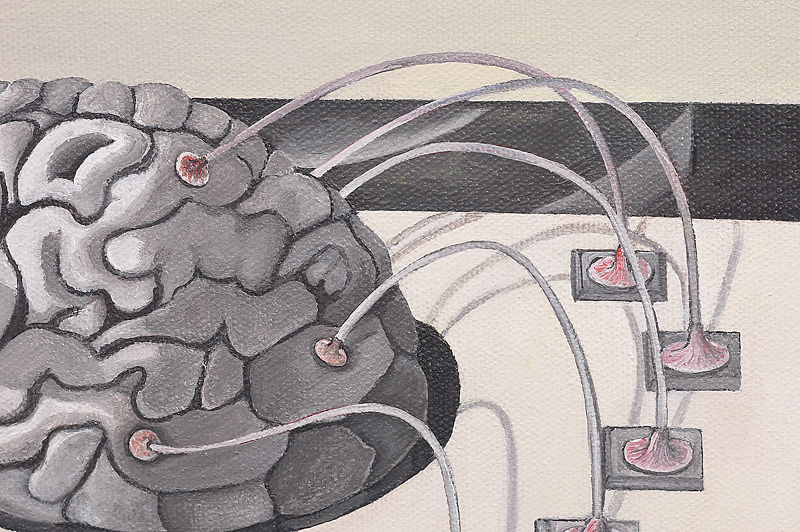
FRIDAY, June 20, 2014 (HealthDay News) — U.S. government agencies must do more to determine whether treatments are actually helping veterans suffering from post-traumatic stress disorder (PTSD), an expert advisory panel contends.
The report from the Institute of Medicine (IOM) committee says that the effectiveness of PTSD therapies remains unknown because they are not tracked by the Departments of Defense and Veterans Affairs.
“Given that the DoD and VA are responsible for serving millions of service members, families and veterans, we found it surprising that no PTSD outcome measures are used consistently to know if these treatments are working or not,” committee chair Sandro Galea, professor and chair of the department of epidemiology, Mailman School of Public Health, Columbia University, said in an institute news release.
Symptoms of PTSD include re-experiencing an event (such as having a flashback), avoiding people or situations, and being “hypervigilant” or being startled easily. To be formally diagnosed with PTSD, a person must have a specific number and type of these symptoms for at least a month, according to the U.S. National Institute of Mental Health.
In 2012, the defense department spent $294 million and the VA spent $3 billion on PTSD care, but there is no way to know if this money was well used, the panelists said.
“They could be highly effective, but we won’t know unless outcomes are tracked and evaluated,” Galea said.
About 5 percent of all service members in the U.S. military health system have been diagnosed with PTSD, and the rate is 8 percent for those who served in Iraq and Afghanistan, according to the report, which was ordered by Congress.
The problem is increasing, the IOM noted. The number of veterans who sought care for PTSD from the VA rose from about 190,000 (4.3 percent of all VA users) in 2003 to more than 500,000 (9.2 percent of all VA users) in 2012. Among those treated for PTSD by the VA in 2012, nearly 24 percent were veterans of the Iraq and Afghanistan wars.
The defense department and VA offer a number of programs to prevent, screen for, diagnose and treat PTSD. However, the defense department’s treatment programs appear to be local, improvised and crisis-driven, with little planning for a long-term approach. The VA’s treatment programs are more unified and consistent, according to the committee that wrote the report.
Across both agencies, the failure to track results means that they have no way of knowing if the care they provide is effective, the report said.
The defense department and VA need to develop, coordinate and implement a system that documents PTSD patients’ progress over the course of treatment, regardless of where they receive care. They also need to conduct long-term follow-up with patients, the IOM said.
The report also said that the defense department and VA need to have enough mental health care providers to meet the growing demand for PTSD care. They have substantially increased their mental health staffing, but this does not appear to have kept pace with the demand for PTSD services.
In 2013, only 53 percent of veterans of the Iraq and Afghanistan wars who were diagnosed with PTSD and sought VA care had received the recommended eight treatment sessions within 14 weeks, the report noted.
Among the other findings:
- The number of PTSD cases is rising among veterans of earlier wars. In 2013, the VA diagnosed more than 62,500 new cases of PTSD in veterans who did not serve in the Iraq and Afghanistan wars, and Vietnam War veterans made up 34 percent of new patients admitted to VA specialized PTSD programs in 2012.
- PTSD is the third most common major military service-related disability after hearing loss and ringing in the ears (tinnitus).
- In 2012, 13.5 percent of soldiers in the U.S. Army had a diagnosis of PTSD, as did 10 percent of Marines, 4.5 percent of Navy personnel, and 4.4 percent of Air Force personnel.
More information
The U.S. National Library of Medicine has more about PTSD.
Copyright © 2025 HealthDay. All rights reserved.

